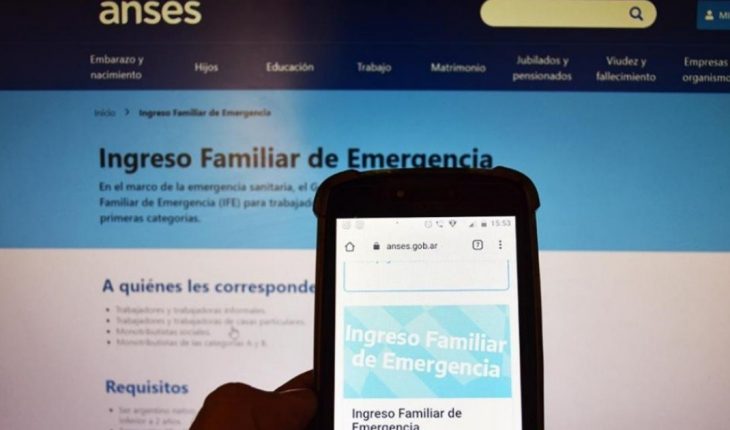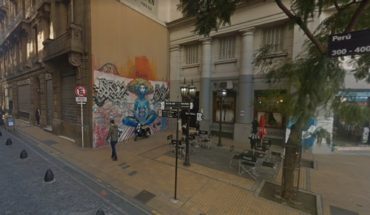Mercedes D’Alessandro, who is in charge of the National Directorate of Economy, Equality and Gender, produced a report based on “Public Policies and Gender Perspectives” which resulted in 55.7% of beneficiaries accessing Emergency Family Income (IFE) women. These also belong to the lower-income sector of the population, which statistics say 7 out of 10 are women. One part of the report details that: “The distribution of the IFE is markedly progressive in terms of gender: according to the data provided by ANSES, 55.7% of those who perceive it are women, (4.9 million), and 3.9 million belong to men.” The IFE is a direct aid worth $10,000 pesos and equates to 59.3% of the Minimum Vital and Mobile wage, which was created in order to cushion the crisis generated from the pandemic affecting the world. The measure has already reached 8.9 million beneficiaries and of which 2 rounds were already paid in April, the other in June, and a new payment is planned in August. The study further detailed that:”women are the majority in informal employment and the pay gap reaches 36.8% when they are not registered.” D’Atsander in the presentation of the report also specified that: “There are very pronounced gender gaps: women earn 27% less than men and that gap widens when it comes to informal work, which reaches 38%, they have more obstacles to insertion work, the care of daughters and sons falls on them and, in the face of the pandemic, all this is amplified because the labor difficulties of the population and the burden of domestic tasks increase” Explained. The main occupation of women in the field of domestic work, an area that was deeply affected by coronavirus, since 1 in 5 women were able to do the work. That’s why a total of 272,000 private house workers received the IFE.” Preventive and Compulsory Social Isolation (ASPO) measures mean, for most of these workers, losing the possibility of carrying out their work and thereby losing their source of income. For this reason, its inclusion within the IFE helps to reduce the effects of the crisis on a particularly relevant sector on women’s employment. Given this great vulnerability in the sector, the IFE also includes formal Private House workers. It is the only exception expressed in the regulations,” the report warns.
Another striking fact is that 61.5% of beneficiaries are in the age range of 18 to 34 years.
In addition, a reinforcement was allocated in retirements, which also had a majority of women’s cases in its benefactors. Those who charged it are 67.3% out of a total of 2,677,773 people. Meanwhile, Universal Child Allocation (AUH) bonds are charged by 94.7 percent of women among 4,607,099 beneficiaries. It is worth clarifying that due to gender and wage inequality, the State determined that in a family group it is the woman who would preferably charge the IFE as with the W UHH.





